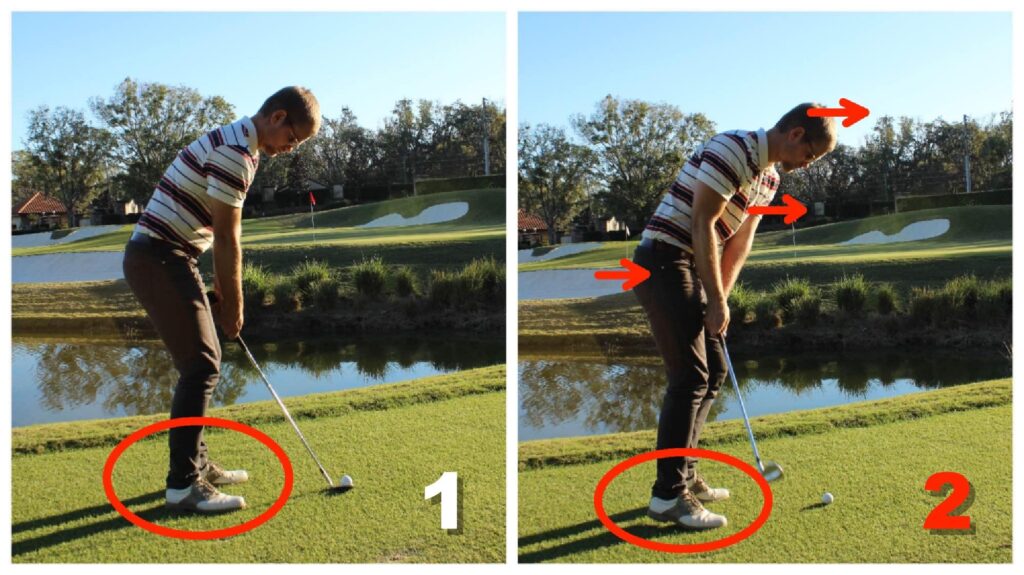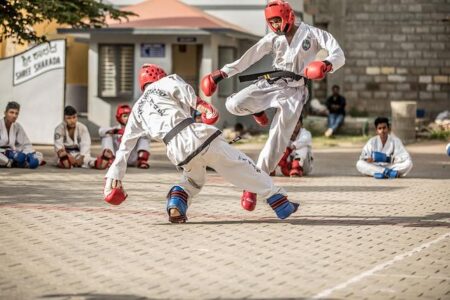In the world of golf, one of the most common-and frustrating-errors players face is the dreaded shank. This mis-hit not only disrupts the flow of the game but can also undermine a golfer’s confidence on the course. Recognizing the need for targeted instruction, coaches and instructors are now turning to structured lesson plans aimed specifically at helping players “Stop Shanking the Ball.” This article explores the components of an effective lesson plan designed to identify the root causes of shanking and offers practical drills and techniques to correct the problem, promising golfers a smoother, more accurate swing and an improved overall performance.
Understanding the Common Causes Behind Shanking and How to Identify Them
Shanking the ball, often a source of frustration among golfers, typically stems from a handful of technical missteps. One of the most prevalent causes is improper clubface alignment at impact, where the ball makes contact with the hosel instead of the club’s sweet spot. This misalignment frequently arises due to an excessively inside-out swing path or a stance that is too close to the ball. Additionally, tension in the hands and arms can impair fluidity, causing abrupt clubface angles and leading to erratic shots. Recognizing these mechanical errors early can prevent recurring issues during a round.
Identifying the root cause requires a careful observation of both setup and swing mechanics. Key indicators include:
- Ball position: Placing the ball too far forward or backward in the stance often triggers shanks.
- Weight distribution: Leaning too much on the heels can alter swing plane negatively.
- Grip pressure: Excessive tightness can restrict natural wrist hinge, causing off-center contact.
Monitoring these factors during practice rounds is essential. Below is a concise table outlining common causes and their observable signs:
| Cause | Observable Sign |
|---|---|
| Incorrect Ball Position | Consistent shots to the right (for right-handed golfers) |
| Flawed Swing Path | Ball hitting near hosel with outward swing arcs |
| Grip Tension | Stiff wrists, lack of follow-through |
| Poor Weight Distribution | Loss of balance or early weight shift |
Effective Drills and Techniques to Improve Accuracy and Prevent Shanking
Consistent accuracy starts with mastering your setup and swing mechanics. One highly effective drill is the Gate Drill, where two tees are placed just wider than the clubhead to create a “gate.” This forces players to swing through the correct path without clipping the tees, reinforcing a pure contact point and preventing the clubface from twisting, a common cause of shanks. Another essential technique is the Wall Drill: standing close to a wall with your lead elbow lightly touching it encourages a compact, connected swing that limits excessive arm movement – key for accuracy and shank prevention.
Incorporate targeted practice routines focusing on swing tempo and clubface control. The following table highlights recommended drills and their primary benefits:
| Drill | Focus Area | Benefit |
|---|---|---|
| Gate Drill | Club Path & Contact | Improves swing precision and reduces toe contact |
| Wall Drill | Swing Connection | Promotes compact swing and controls overextension |
| Slow Motion Swings | Tempo & Muscle Memory | Develops smooth, repeatable swing patterns |
| Alignment Stick Drill | Setup & Aim | Ensures correct ball alignment and stance |
- Practice slow, deliberate swings to ingrain proper movements.
- Use video analysis to spot subtle faults causing shanks.
- Prioritize setup checks before every shot to maintain consistency.
In Summary
In conclusion, the “Stop Shanking the Ball” lesson plan offers golfers of all skill levels practical techniques to improve their swing and regain confidence on the course. By breaking down common errors and providing targeted drills, this instructional approach aims to reduce shanks and promote more consistent play. Coaches and players alike can find value in integrating these strategies into their training routines, ultimately transforming frustrating mishits into sustainable improvements. As the season progresses, adopting such focused lessons could be the key to unlocking better performance and lower scores.








